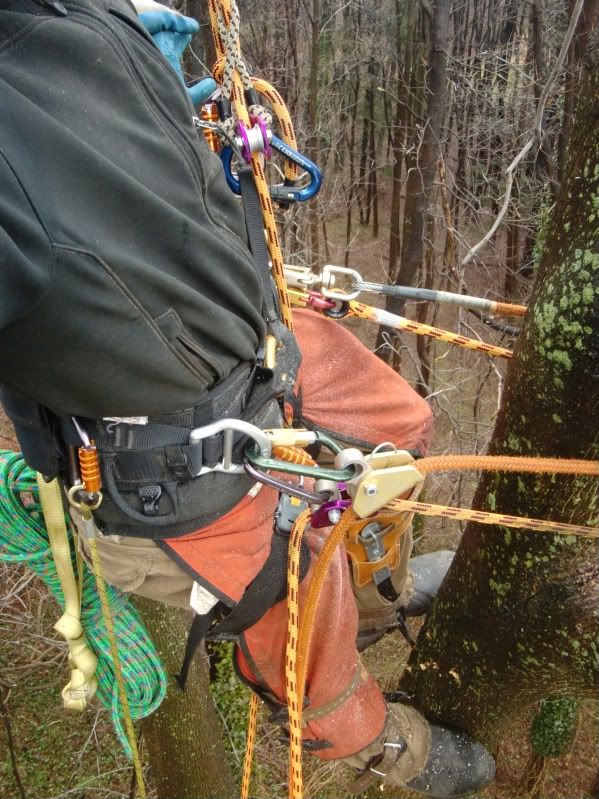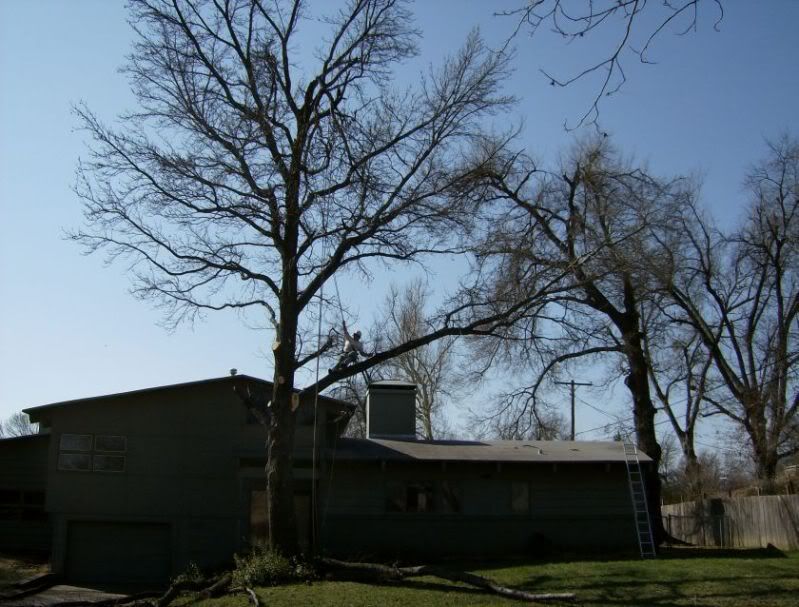ropensaddle
Feel Lucky
I had that happen early in my career too. I got even luckier or I would still be in a wheel chair. I was using an old ancient line man strap that evidently was a bit rotten because it pulled me into the limb racked me good and the strap broke which kept the 18" diameter limb from crushing me! I figured out a way that will never happen again on my own! I use a plain buck strap in those possible split outs and clip both snaps int the middle d's or one side d. That way if she splits the pull stops at the d! If you use both side d's your going to be crushed sometime jmo.


























































